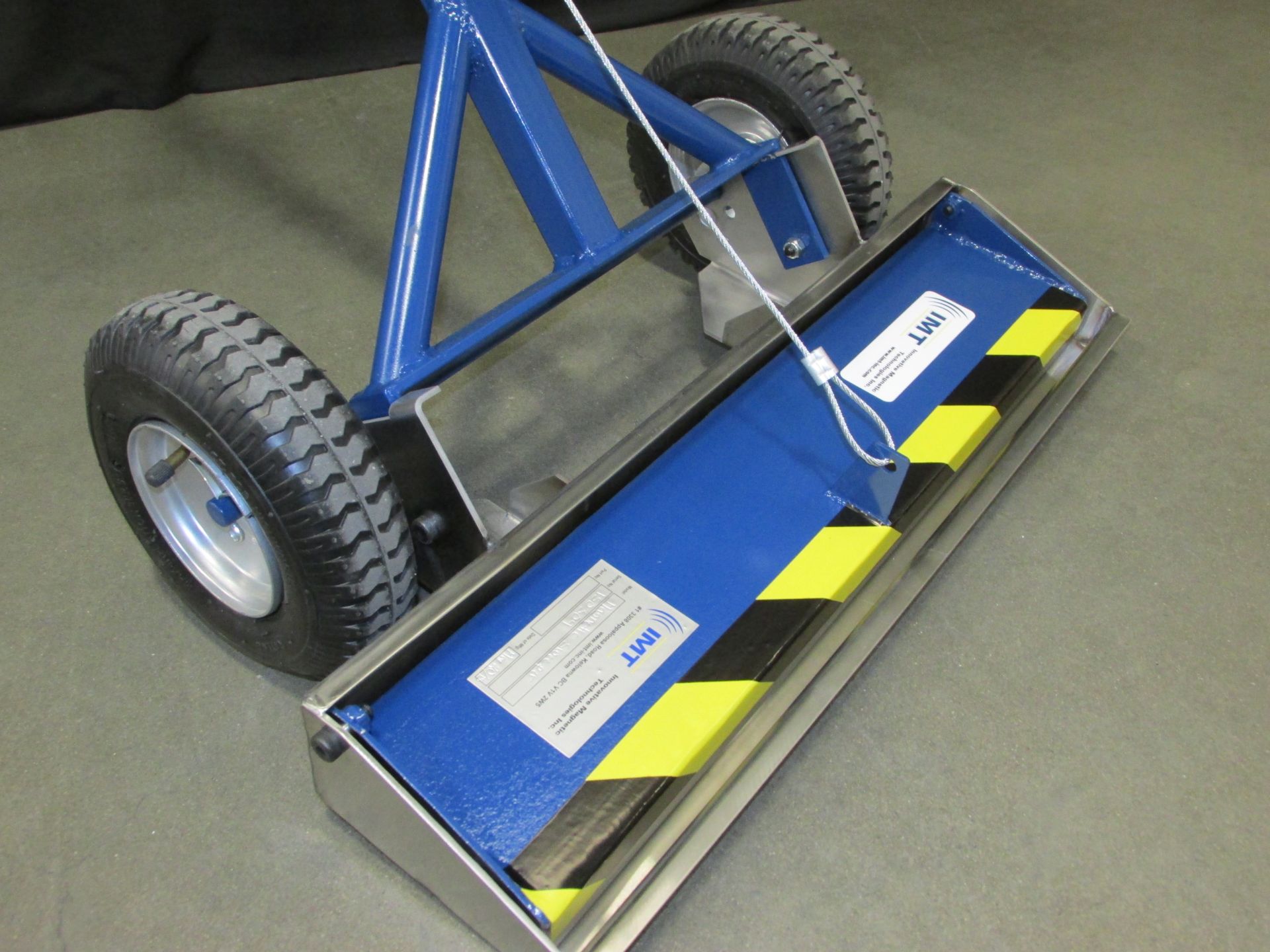Concrete is a vital material for construction tasks and, in turn, cement is a crucial ingredient for increasing the viscosity of concrete, allowing it to achieve structural stability. The raw materials for cement include quarried limestone, along with smaller amounts of sand, clay, shale, gypsum and iron. These materials are progressively crushed, pulverized, heated and combined to eventually produce various types of cement. It’s an exacting process that cannot tolerate the presence of ferrous materials, and that’s why industrial magnetic technology is a key part of any cement plant; providing a ferrous free environment. Let’s look at the specific types of magnetic equipment used:
Magnetic Head Pulleys
This ingenious piece of equipment separates tramp metal from cement materials while also guiding the tramp metal around the conveyor belt loop. The tramp metal is typically captured in a bin and recycled.
Suspended Magnets
Suspended magnets can lift ferrous material away from a conveyor and can be mounted over the belt or at the end of a non-ferrous material discharge. The discharge point option is the most efficient choice for separating tramp material from the conveyed product. The overhead option is easier to access, has fewer structural requirements and is simpler to install. Depending on your specific needs, you would choose either a plate magnet or an electromagnet for the separation task.
Cross-belt/Overband Separators
To separate tramp metal from a conveyor, you may choose to install a cross-belt separator, suspended above your conveyor system. Like suspended magnets, cross-belt separators remove tramp metal from the conveyed product. However, they use a built-in belt system to continuously clean tramp metal, which would otherwise accumulate on the magnet and require periodic cleaning. Other separators, like vibratory magnetic separators and magnetic drum separators, can also play a role in separating ferrous and non-ferrous materials.
Industrial Magnetic Sweepers
Industrial magnetic sweepers are not directly involved in moving materials, but they are a key tool for reliably clearing tramp metal from floors in industrial spaces, helping ensure that ferrous metal does not contaminate the manufacturing process.
Use Magnetic Technologies to Maximize Quality and Minimize Downtime
If you are a cement producer, your customers rely on you to provide a consistently available product that’s free of ferrous metal contamination. That’s why magnetic technologies are so important: they remove tramp metal and help minimize downtime. For more information about magnetic solutions, contact us.

